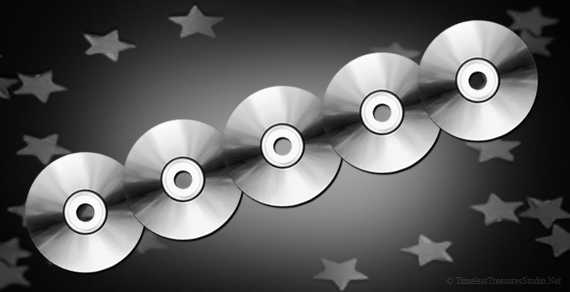
One Extra Copy or Multiple Copies
Note: We do not transfer or duplicate copyrighted material such as music albums, movies, or television shows.
| 1-10 Copies | 10+ Copies | 50+ Copies | 100+ Copies | |
| Discs | $15.00 ea. | $10.00 ea. | $8.00 ea. | $5.00 ea. |
| Cases | $0.60 ea. | $0.45 ea. | $0.25 ea. | $0.15 ea. |
| Labels/inserts | Prices Vary | Prices Vary | Prices Vary | Prices Vary |
Prices include the number of discs with inserts but no labels.
We usually duplicate the disc only. We are capable of reproducing cover labels and inserts, but extra pricing will apply.